
The Truth About Rhino Horns: What They're Really Made Of
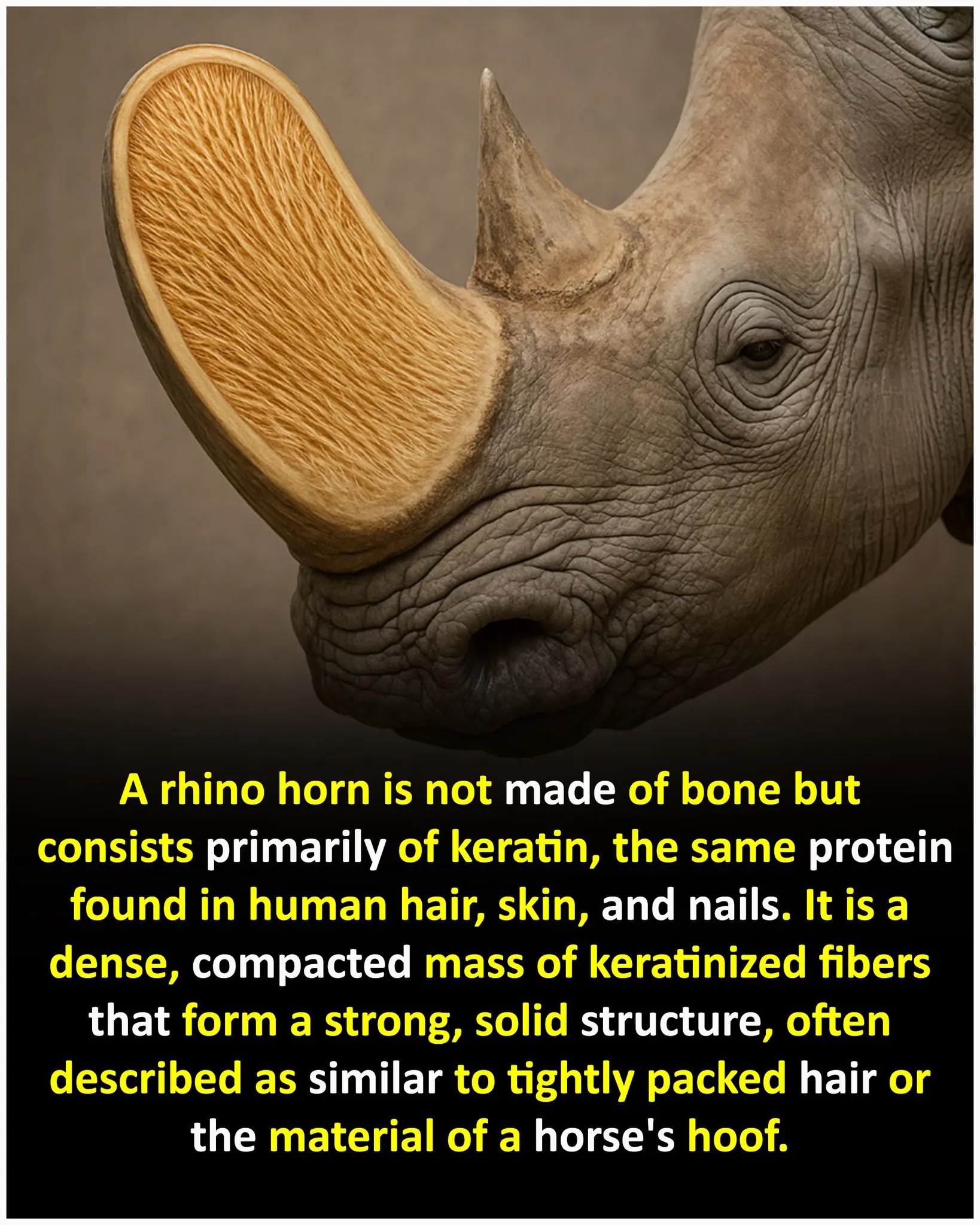
The Truth About Rhino Horns: What They're Really Made Of
When we picture a rhinoceros, its iconic horn is often the first feature that comes to mind—an emblem of strength and survival. But contrary to popular belief, a rhino’s horn is not made of bone. In fact, the truth behind its composition is both fascinating and essential to understand, especially in the context of wildlife conservation and anti-poaching efforts.
Not Bone, But Keratin
Unlike the horns of other animals that may contain a bony core, the rhino horn is composed entirely of keratin. This is the same fibrous structural protein found in human hair, nails, and the outer layer of skin. The horn grows from the skin of the rhino and continues to grow throughout the animal's life, much like our fingernails.
A Structure of Strength
Keratin in the rhino’s horn is not loosely arranged. Instead, it forms a dense, compact mass of keratinized fibers. These fibers are layered and compressed so tightly that the horn takes on a durable and solid form. This structure allows it to withstand impacts and be used effectively for defense, dominance displays, and foraging.
Scientists often compare the texture and composition of the rhino horn to tightly packed hair or the hoof of a horse. While it may appear to be a bony spike, it’s more like a compacted bristle brush hardened by nature.
Myths, Markets, and Misunderstandings
One of the most unfortunate aspects of the rhino horn’s makeup is the myth that it contains medicinal or mystical properties. Despite being made of the same protein as fingernails, rhino horns have been harvested illegally and sold at high prices in black markets. This demand has fueled relentless poaching, threatening the survival of all rhino species.
Education about the true nature of rhino horns is vital in dispelling these myths and reducing demand. Understanding that the horn is made of keratin—and holds no scientifically proven medicinal value—can shift perspectives and support global conservation efforts.
Conservation Implications
Highlighting the biology of the rhino horn underscores the need to protect these animals not just from poachers, but from ignorance. Conservationists work tirelessly to monitor rhino populations, safeguard their habitats, and spread awareness about the truth behind the horn.
In many reserves, rhino horns are even trimmed by professionals to prevent poaching—an act that does not harm the animal, much like cutting nails or hair.
Final Thoughts
The rhino horn stands as a powerful reminder of how nature crafts strength from simplicity. It’s not bone, nor is it magic—it’s keratin, shaped over time into a remarkable survival tool. By understanding the science behind it, we can take one step closer to protecting one of Earth's most majestic creatures.
News in the same category


The Little Bow on Women’s Panties: More Than Just a Pretty Detail

The Meaning of the Main Lines of the Hand

Baby Gorilla Skeletons Show Striking Similarities to Human Infants, Scientists Explain

What’s the Purpose of That Tiny Hole in a Safety Pin?
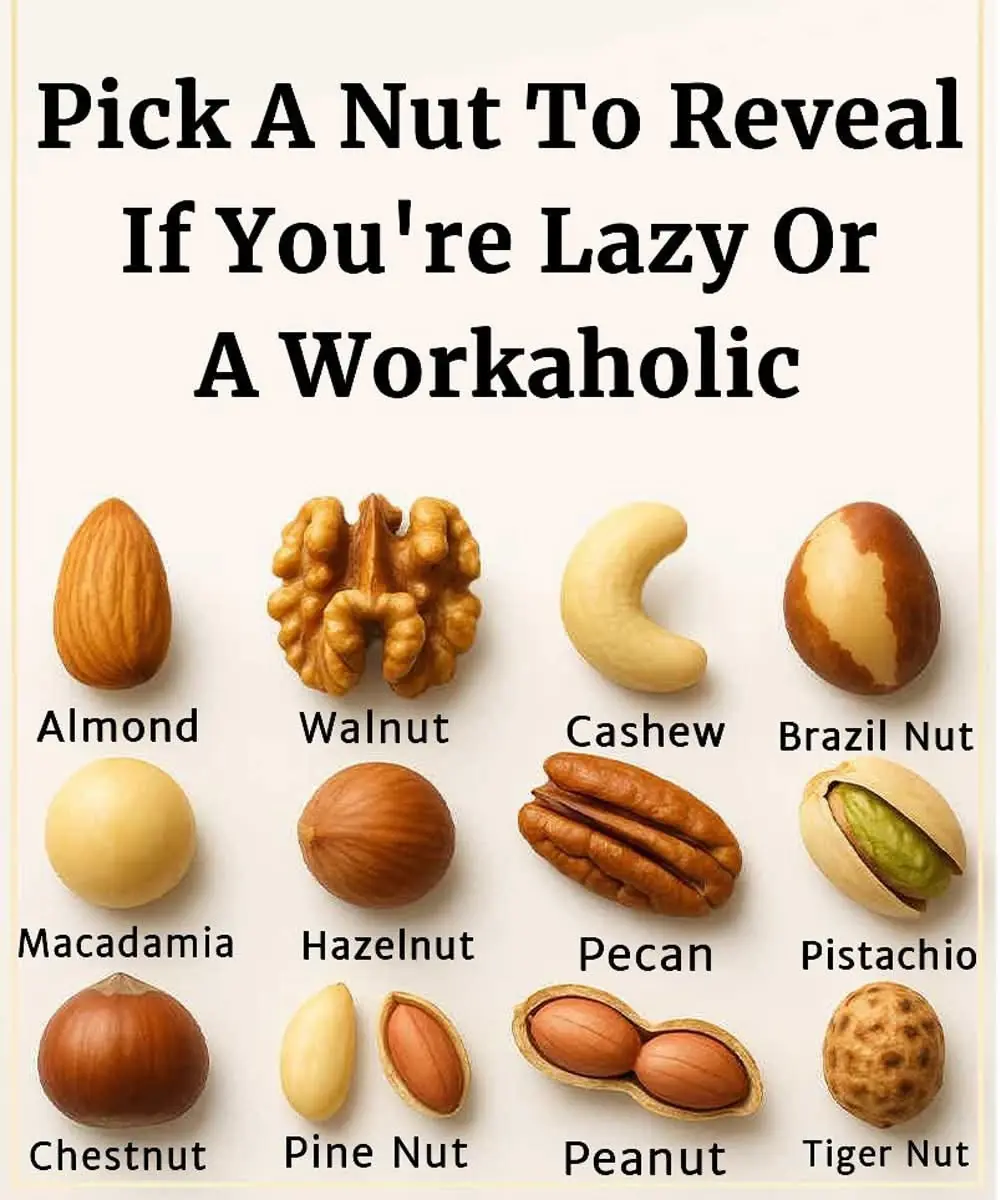
Pick a nut and uncover if you’re lazy or a workaholic

10 Rude Habits That Could Actually Be Signs of Intelligence

Most People Don’t Realize What a Mouth Piercing Means … Check 1st comment

If when you make love, your partner DOESN’T KISS YOU it’s because… See more
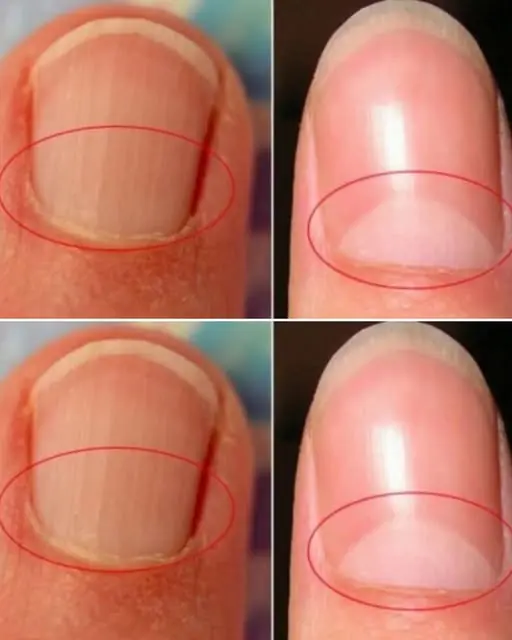
What does the half moon at the base of the nails mean?

Wives’ breast cancer risk linked to husbands’ unhealthy habits

Blue Whales Are Falling Silent: A Warning From the Ocean

Scientists Spot ‘Real-Life’ SpongeBob and Patrick in the Deep Sea
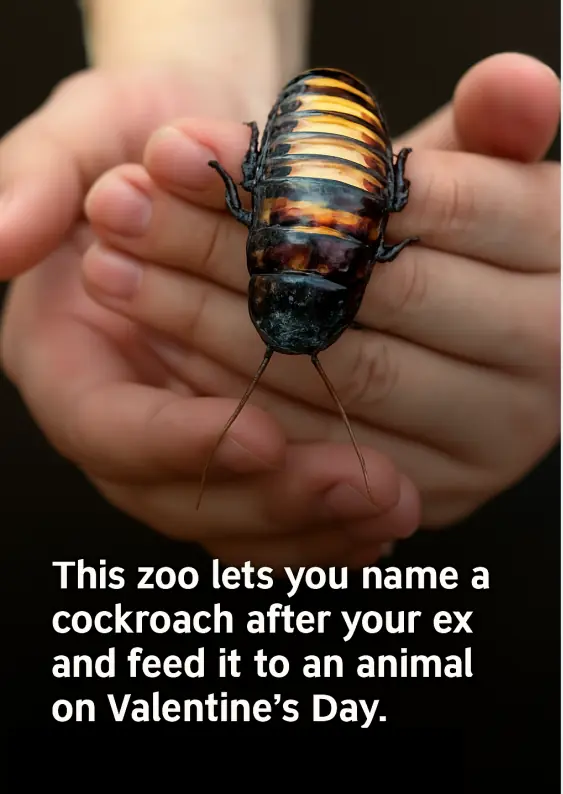
San Antonio Zoo’s “Cry Me a Cockroach” Fundraiser Lets You Name a Pest After Your Ex

Why Do Some Men Keep Their Pinky Fingernails Long?

5 Kinds of Women That Men Never Forget

9 Kinds of Touch Every Woman Secretly Craves

What does this gesture mean?

The Surprising Love Call of the World’s Slowest Mammal

Half of Japanese Companies Report Having an “Old Man Who Does Nothing,” Survey Finds
News Post

CRISPR Gene Editing Moves a Step Closer to an HIV Cure — But Scientists Urge Patience
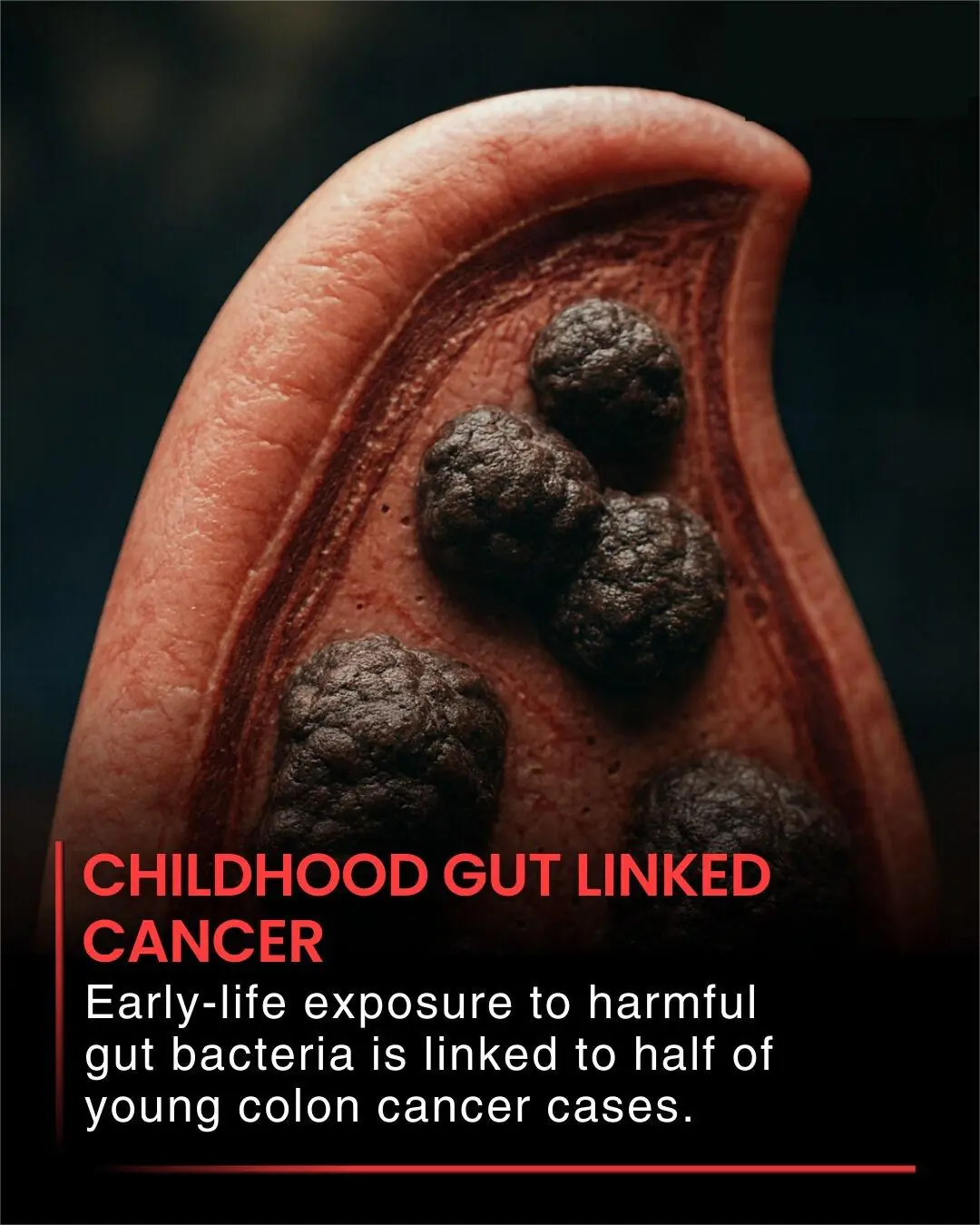
Scientists Trace Rising Early-Onset Colon Cancer to DNA-Damaging Bacterial Toxin

Cinnamon and Honey: Natural Benefits Backed by Science

Why One Garlic Clove a Day Could Change Your Life Forever

Could Carrots and Tomatoes Be Your Secret to Looking 10 Years Younger After 70? Unveil the Glow!
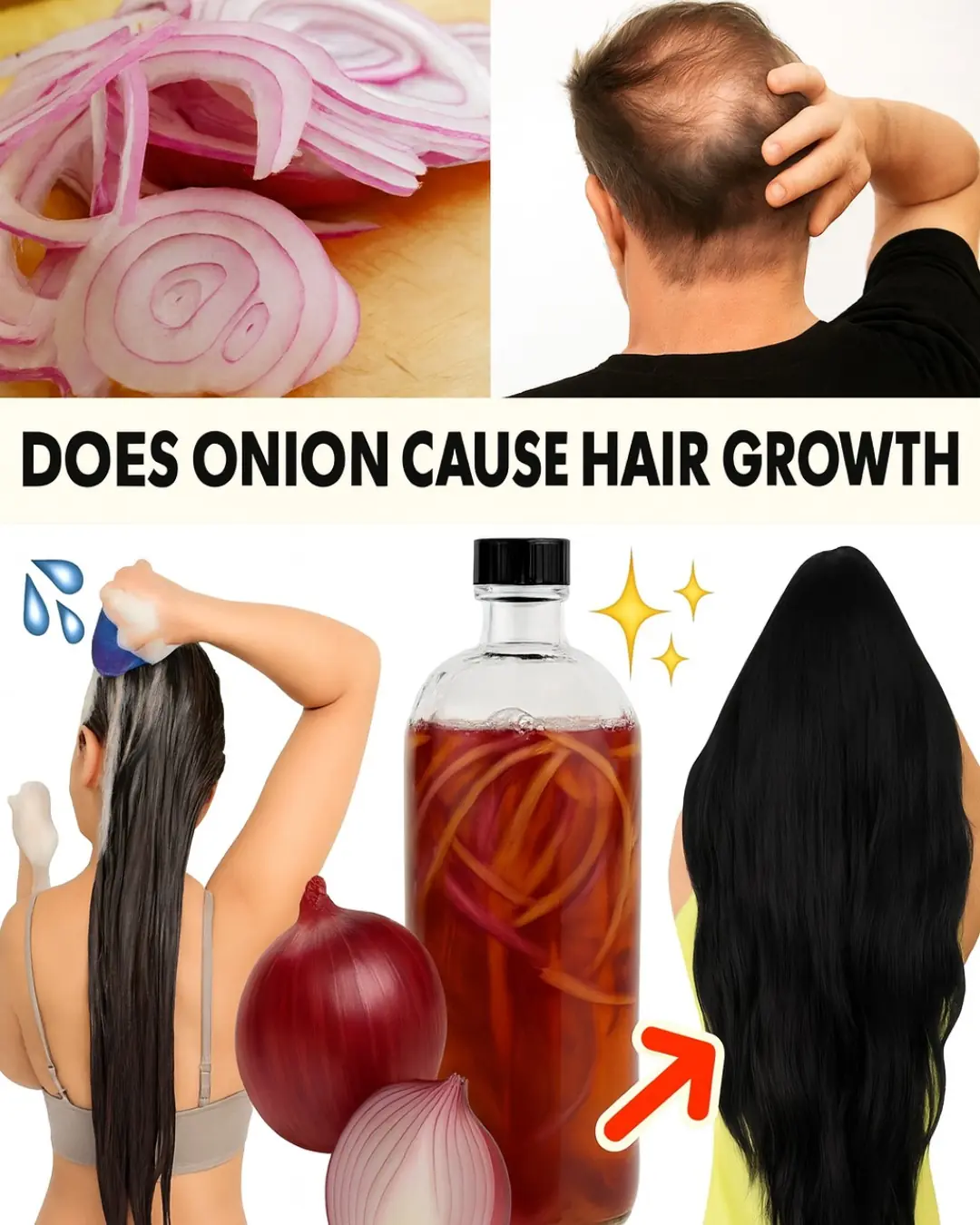
Unlock the Secret to Luscious, Thick Hair with Magical Onion Shampoo!

Carrot Milk: The Simple Homemade Drink for Health and Flavor

Clove Trick: From Stained Teeth to Sparkling White
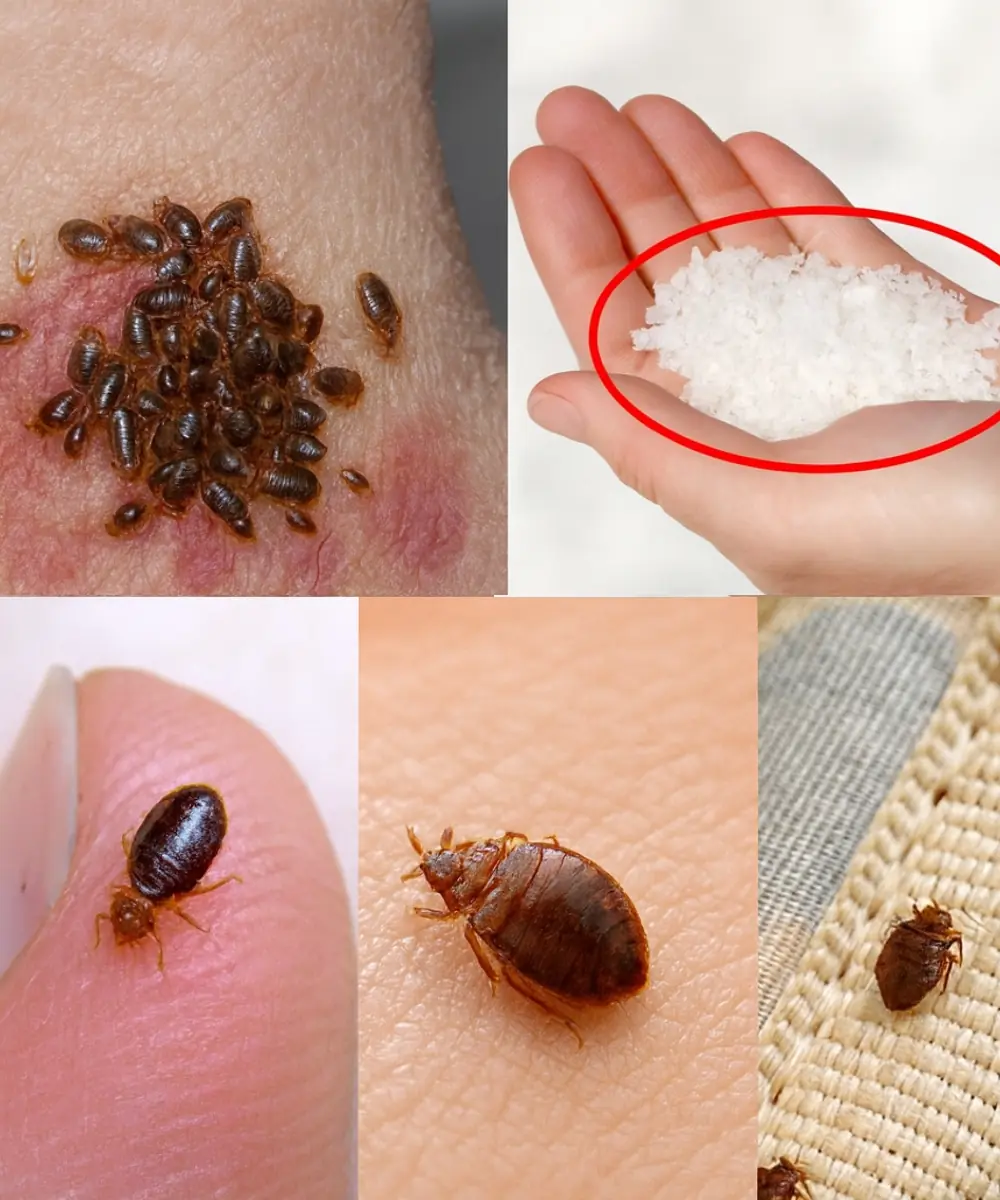
Bedbugs Will Disappear from Your Garden in Minutes by Doing This (Natural & Safe Tip!) 🌱✨

How to Increase Testosterone Naturally | 11 Testosterone-Boosting Foods Men NEED to Know About!
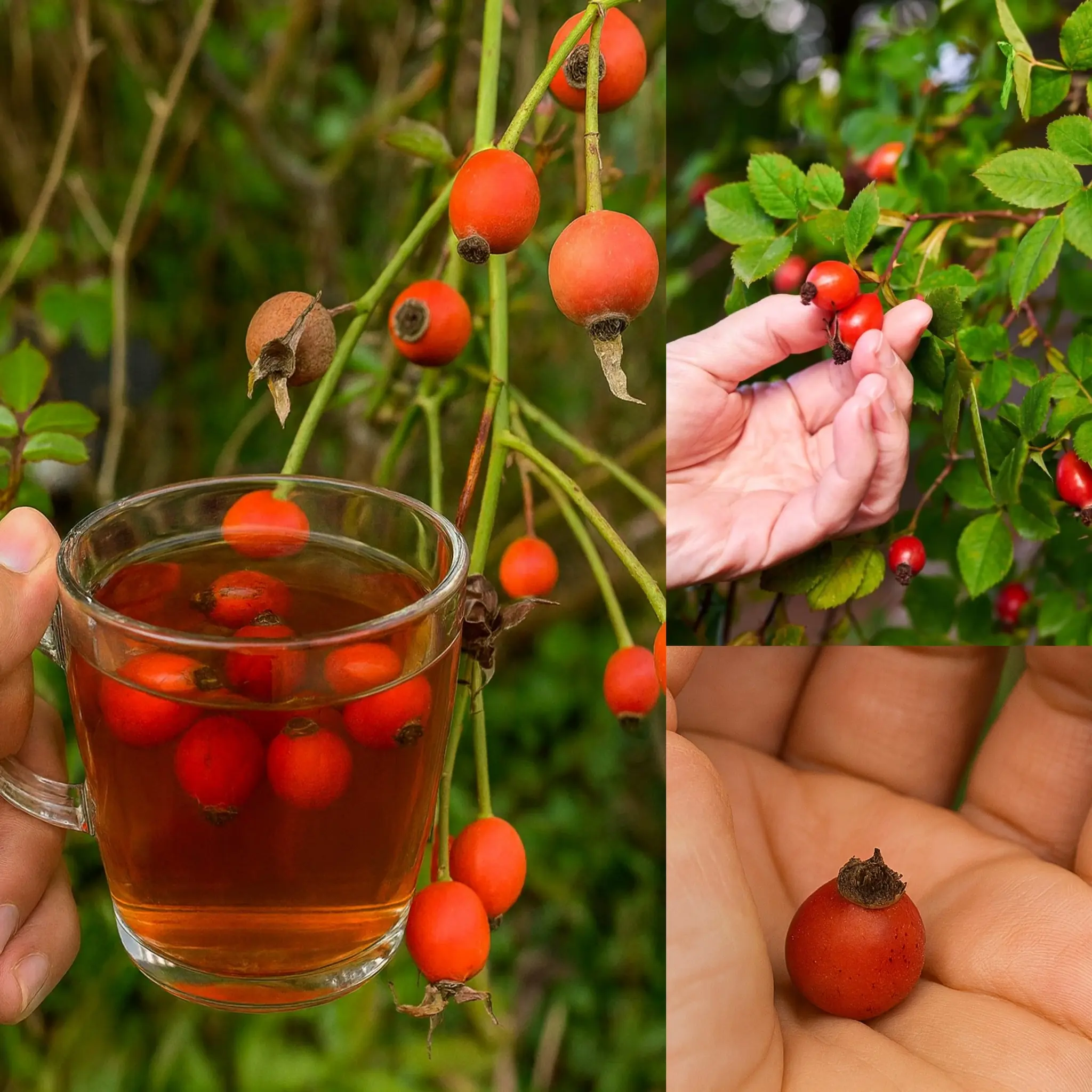
Unlock the Power of Rosa Canina: 10 Reasons to Embrace Wild Rosehips
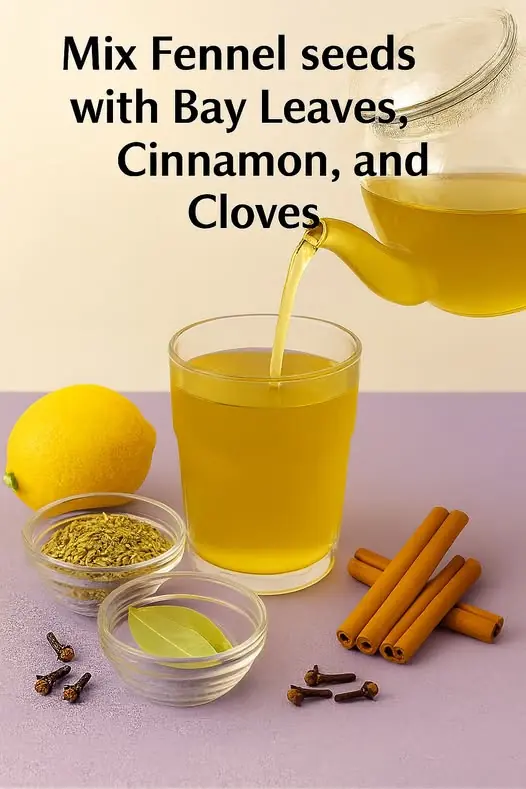
Fennel Tea – A Complete Wellness Elixir for Women & Vision

Six Years of Patience Rewarded: Photographer Captures Rare Moon, Mountain, and Basilica Alignment Over Turin

Bear Caesar freed after years in cruel torture vest

Gym Bros, Monks, Retirees: Thousands Rush to Taiwan’s Guangfu to Clean Up After Devastating Flood

A critique of pure stupidity: understanding Trump 2.0

SENIORS: This Sleeping Position Raises Your Stroke Risk

Today is National Tapioca Pudding Day (of course 😉)

Garlic Butter Lettuce, Tomato & Grilled Chicken Sandwich
